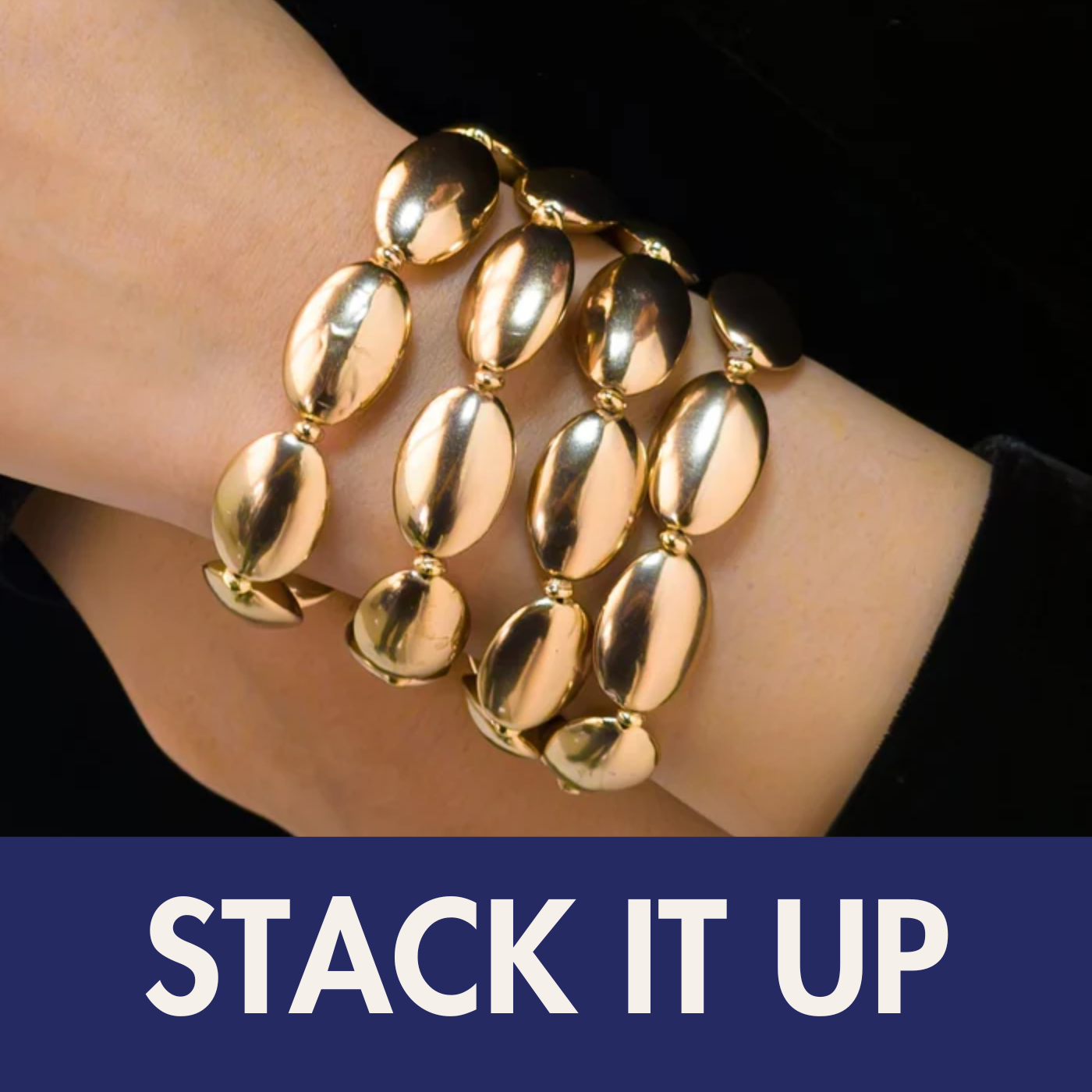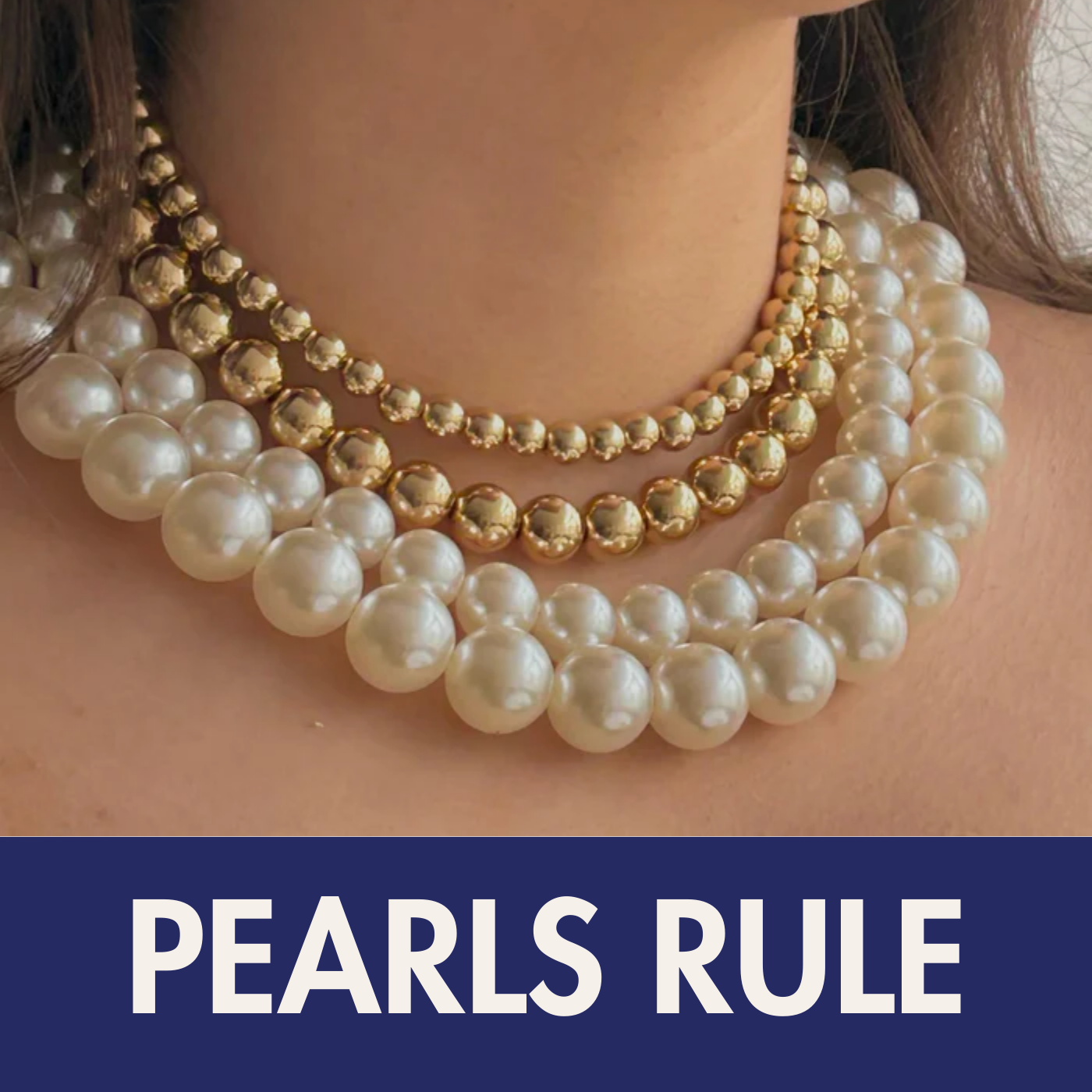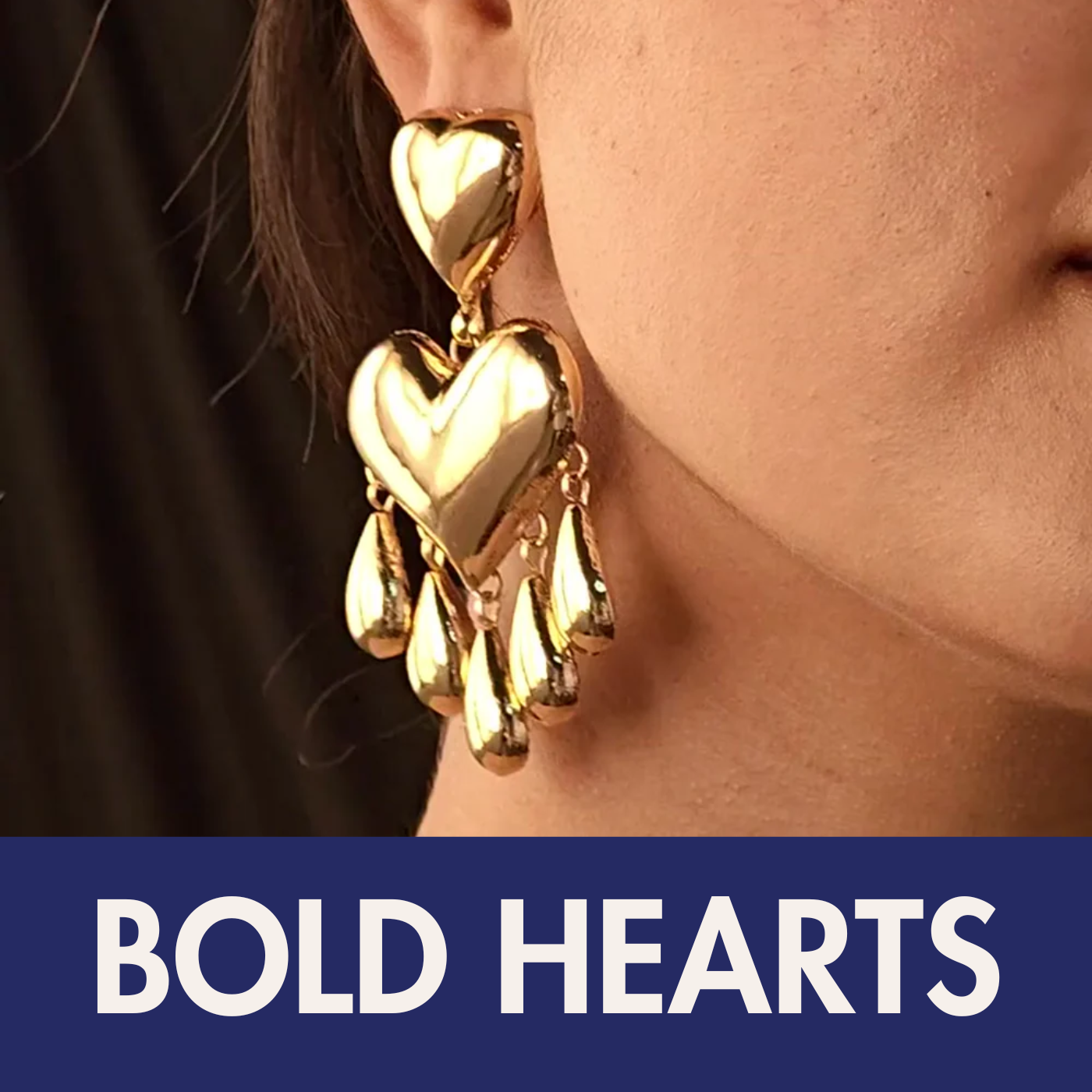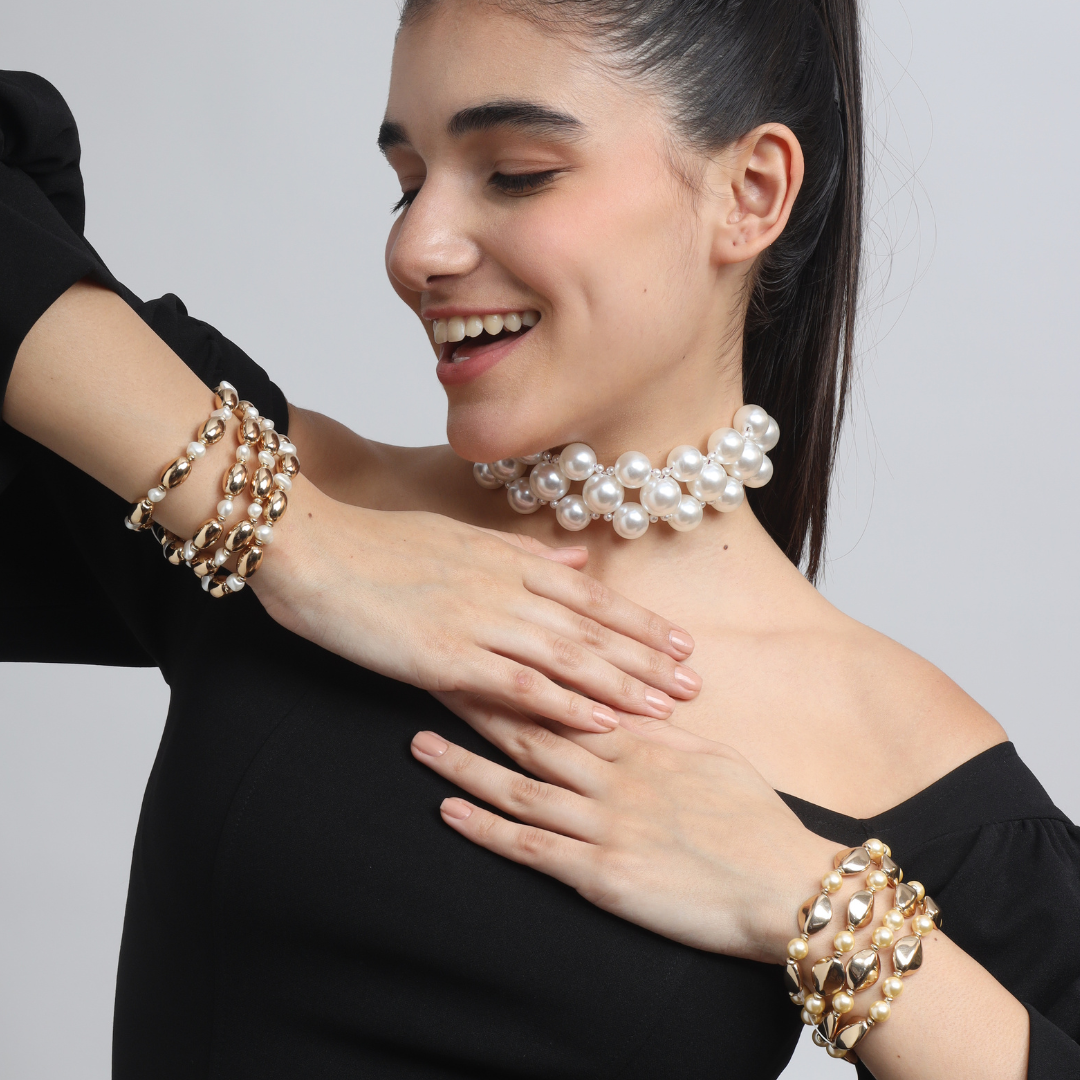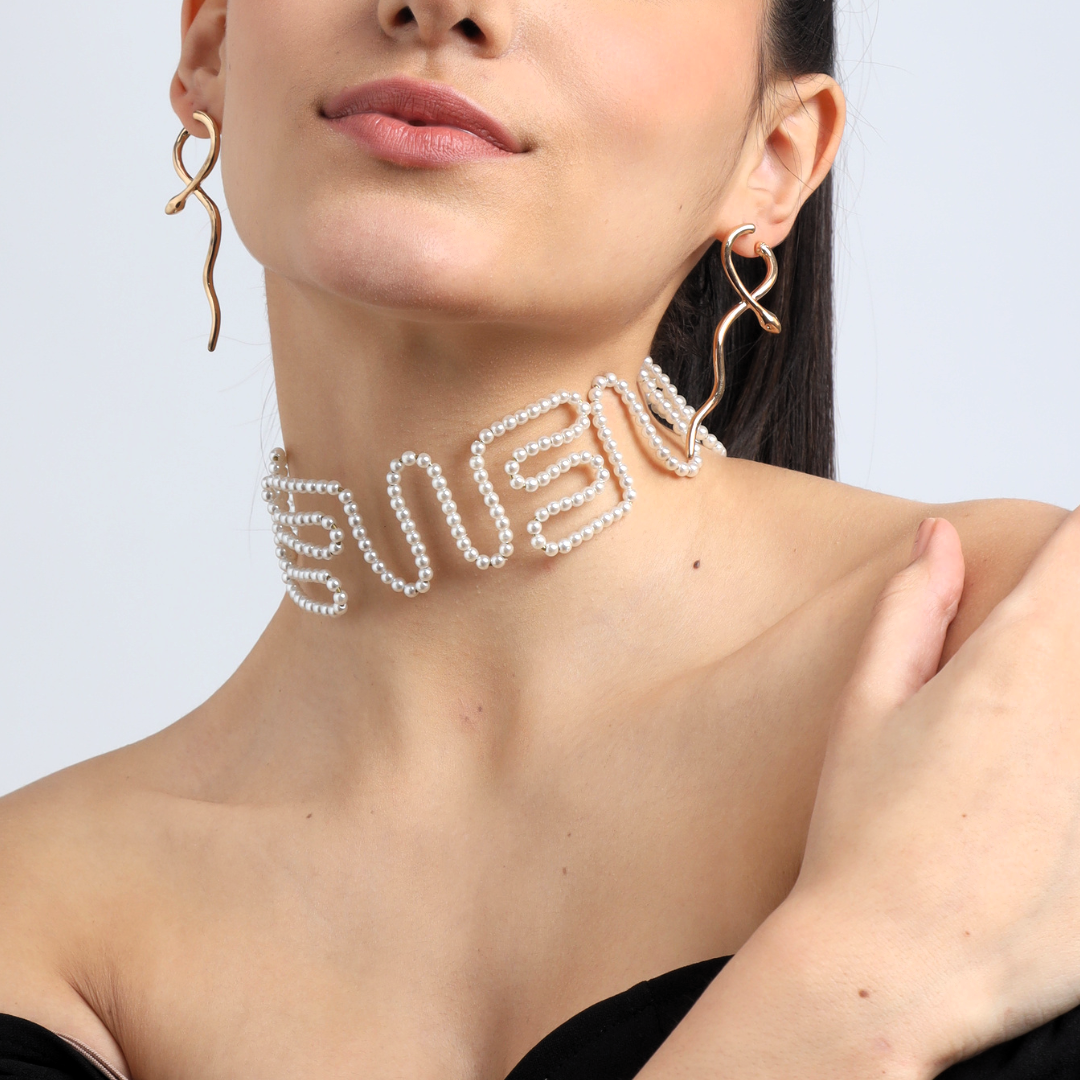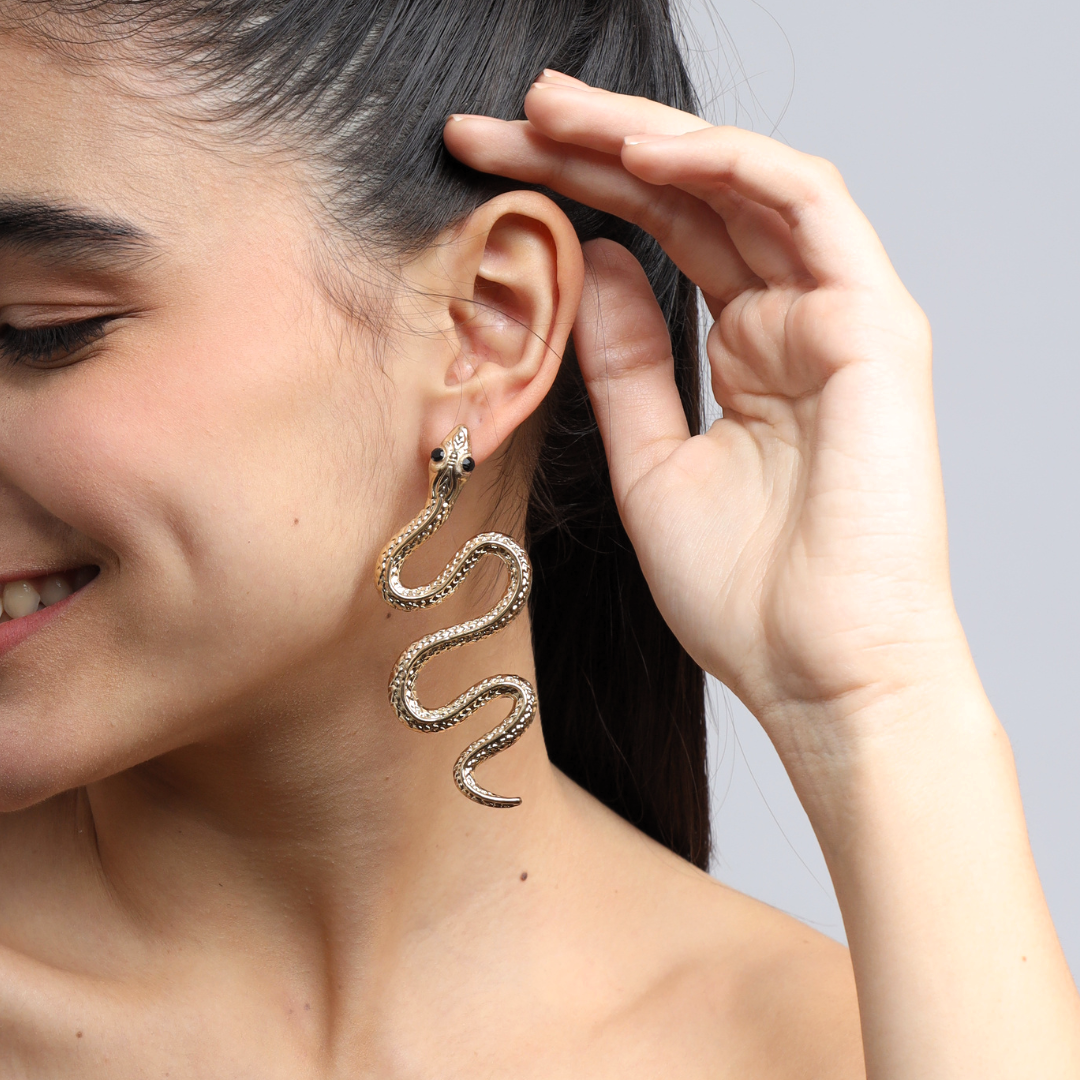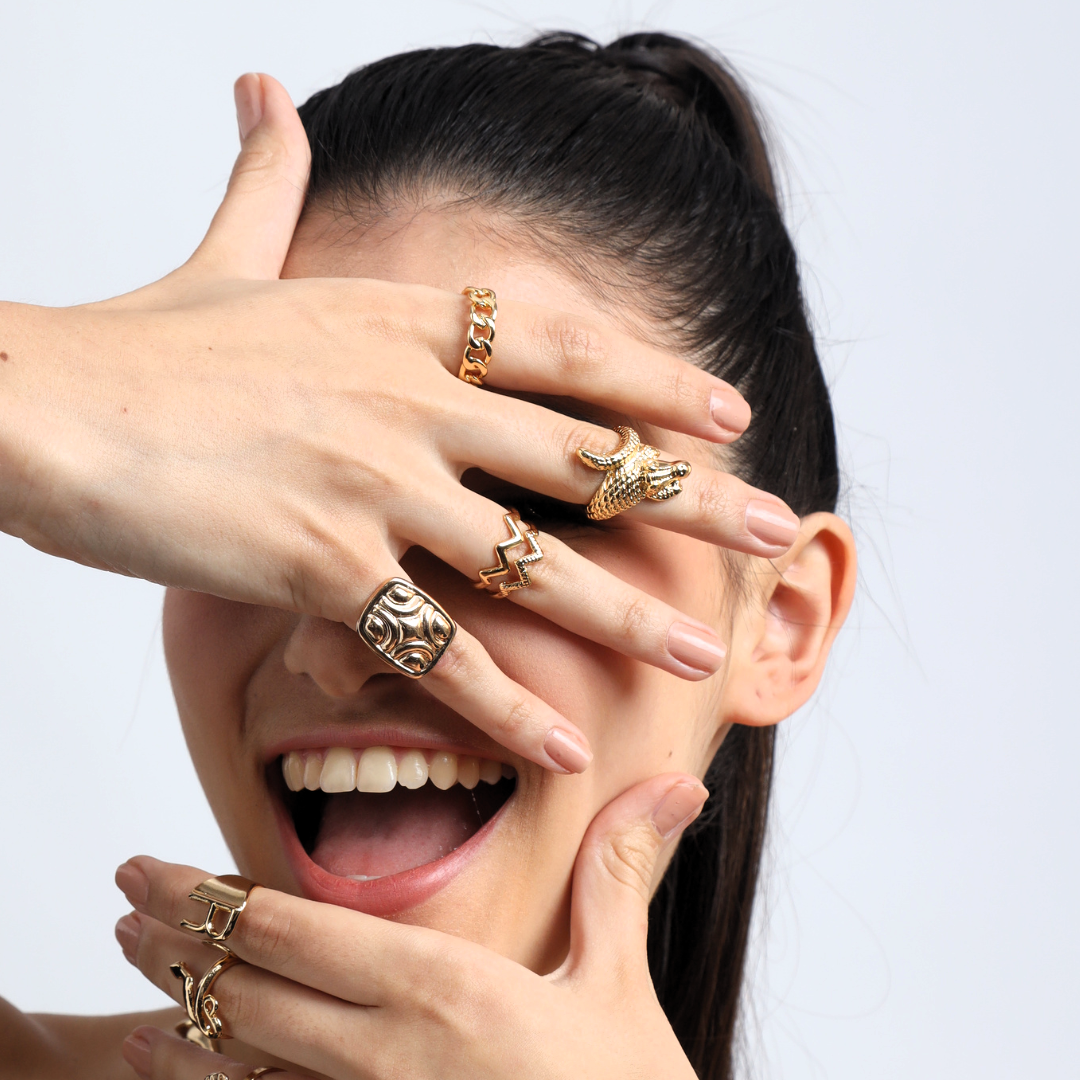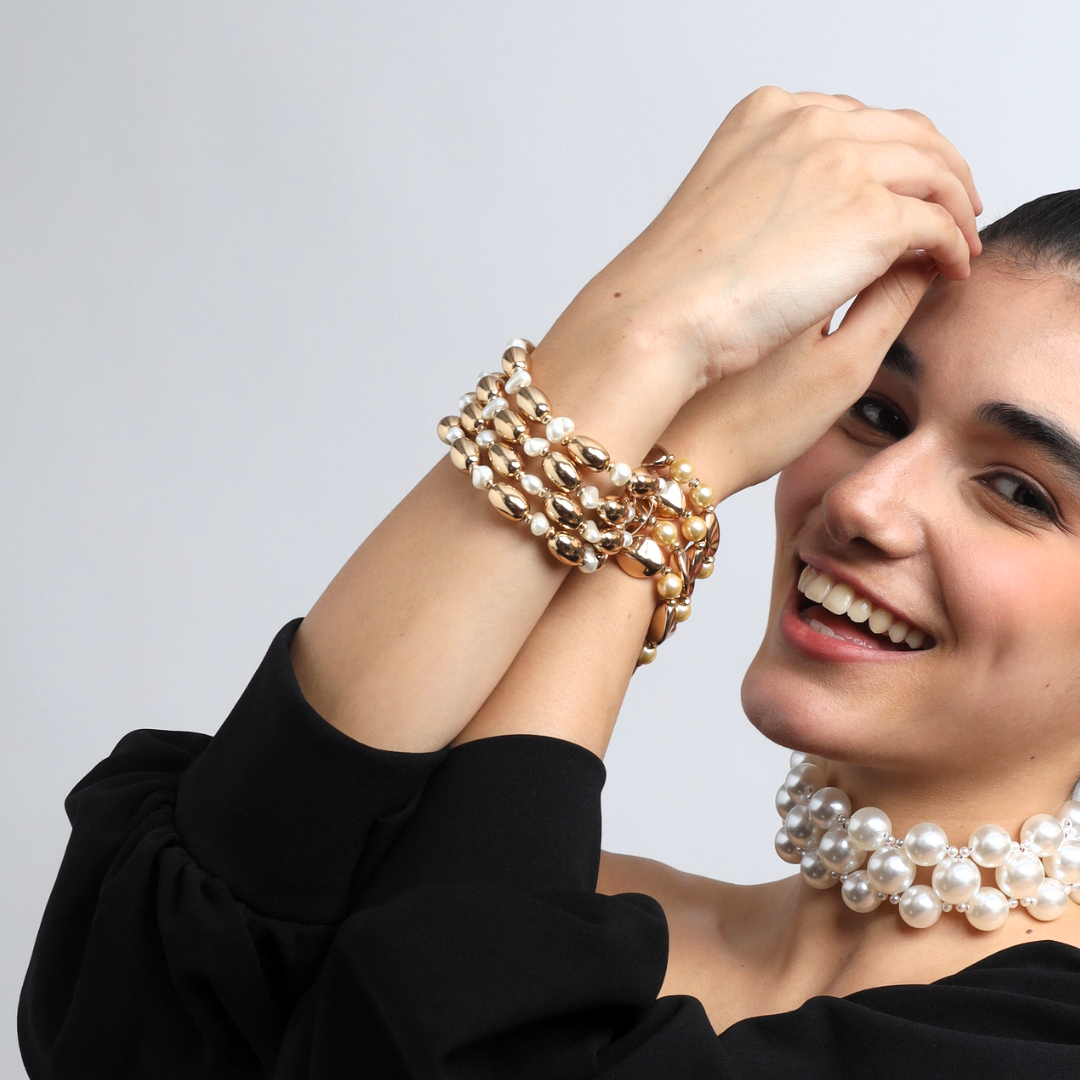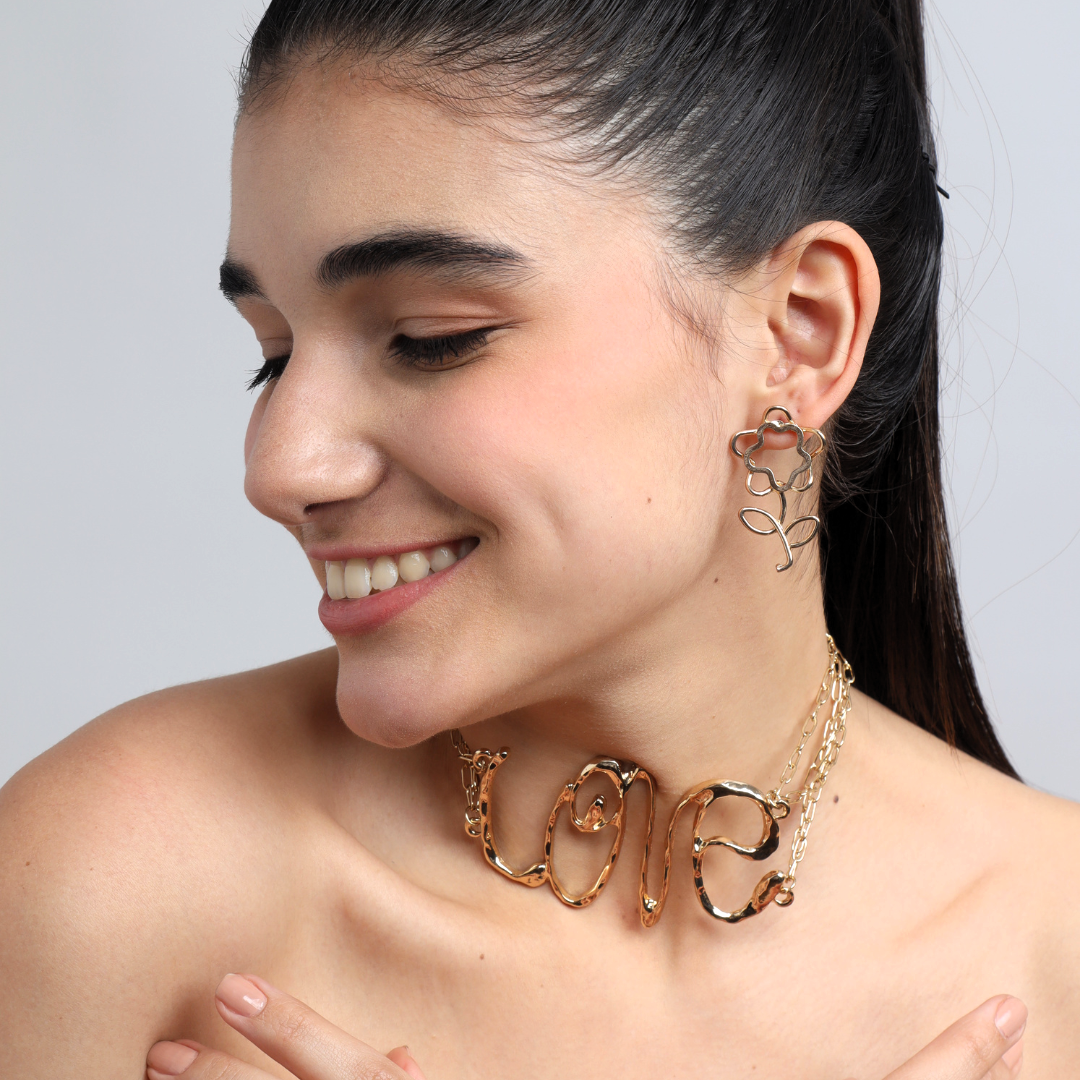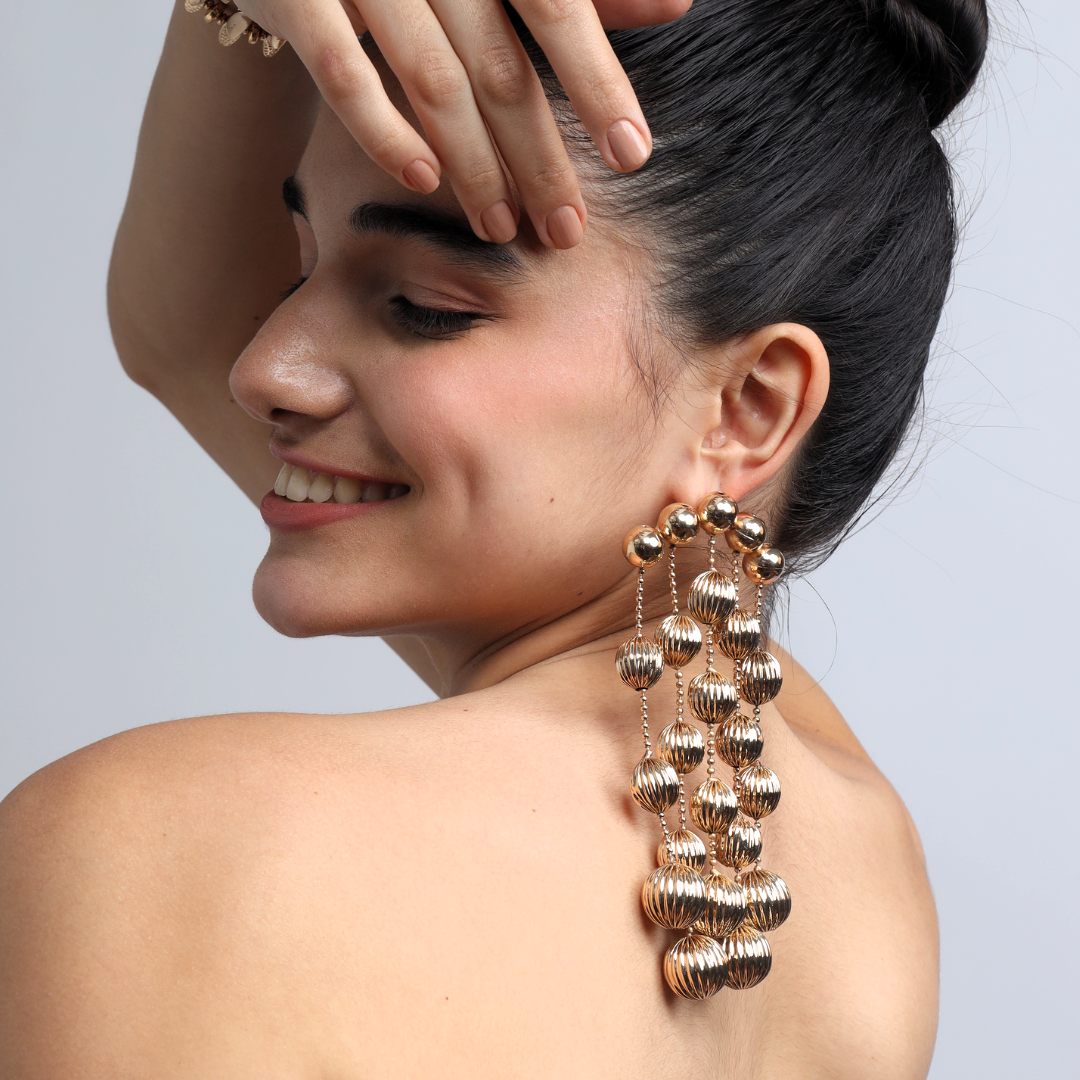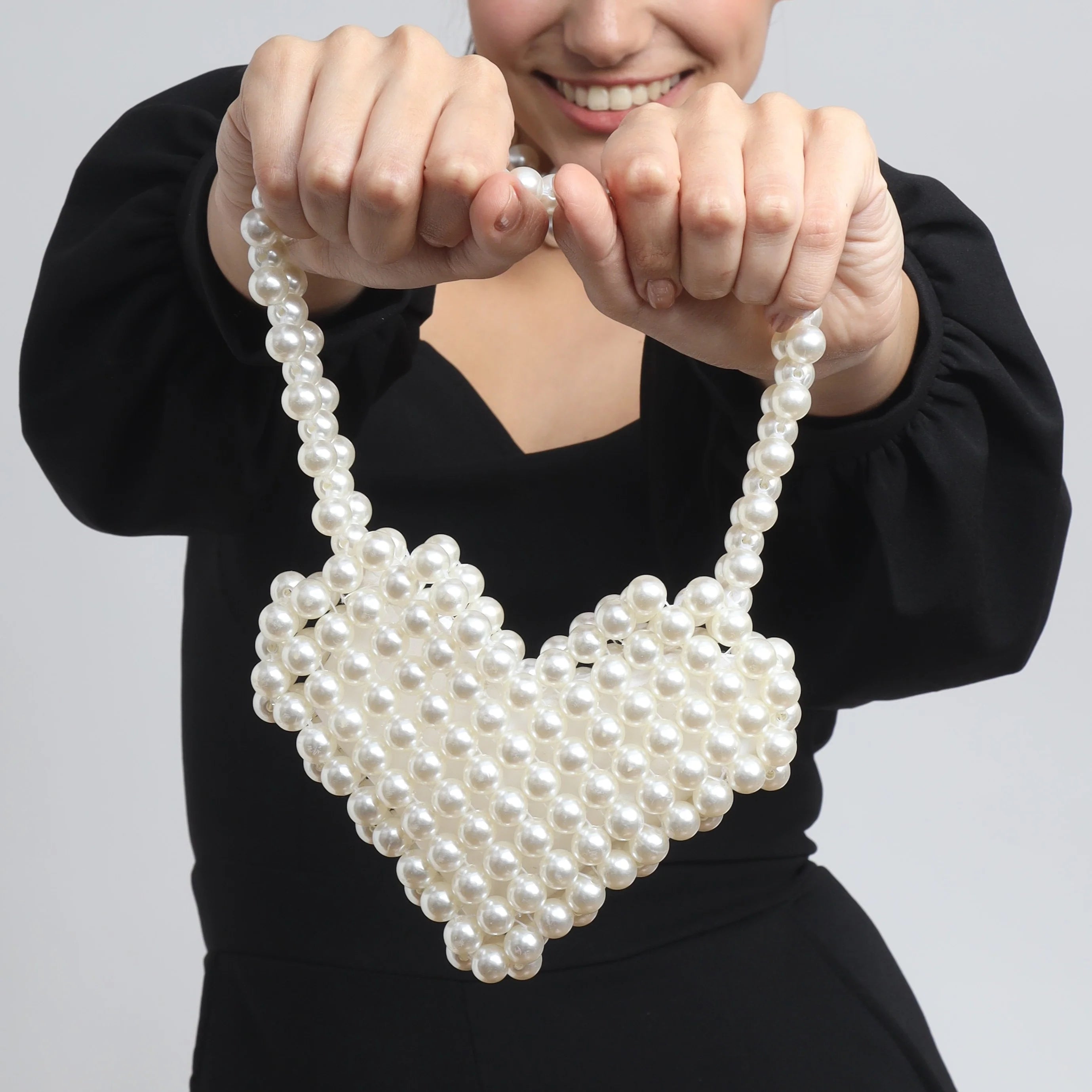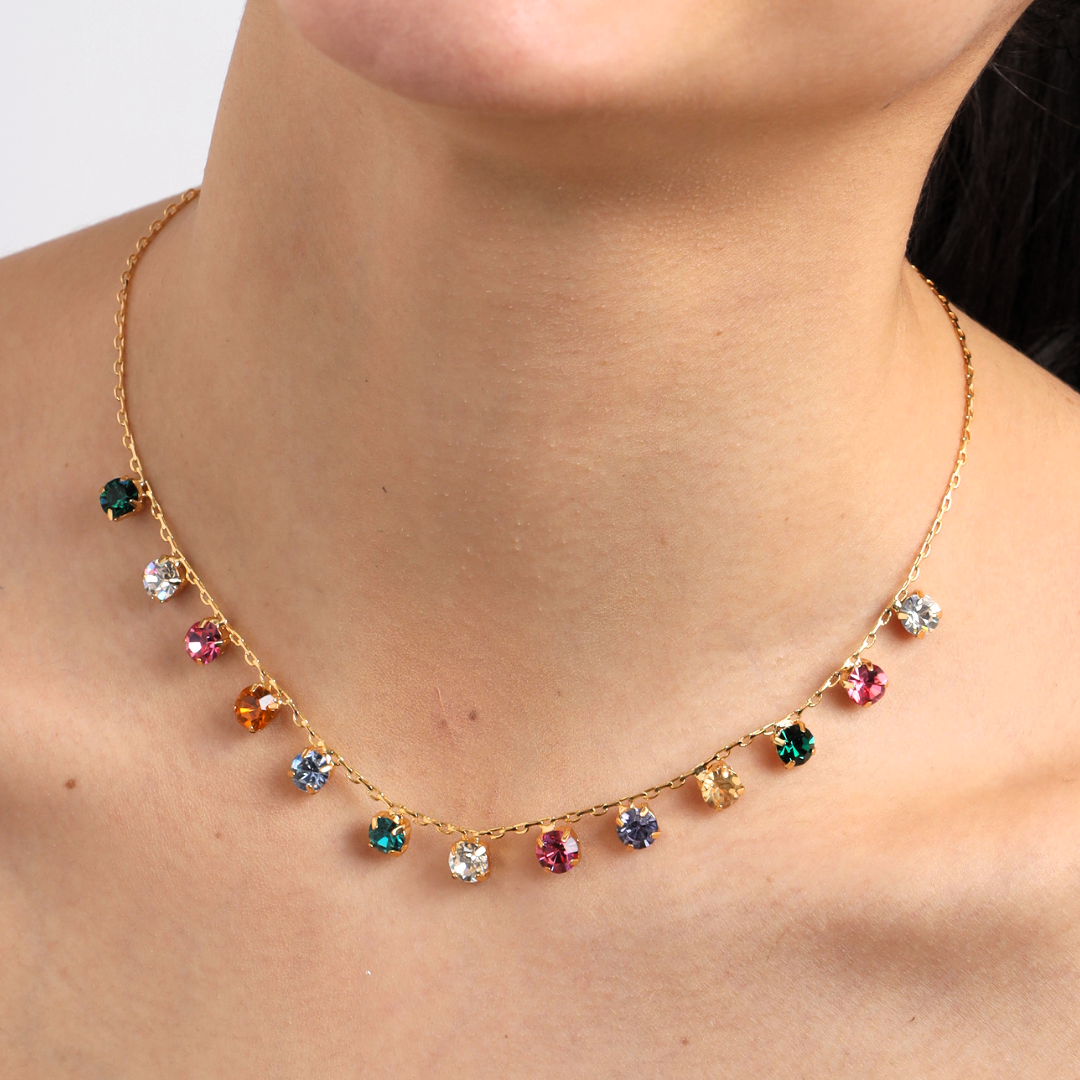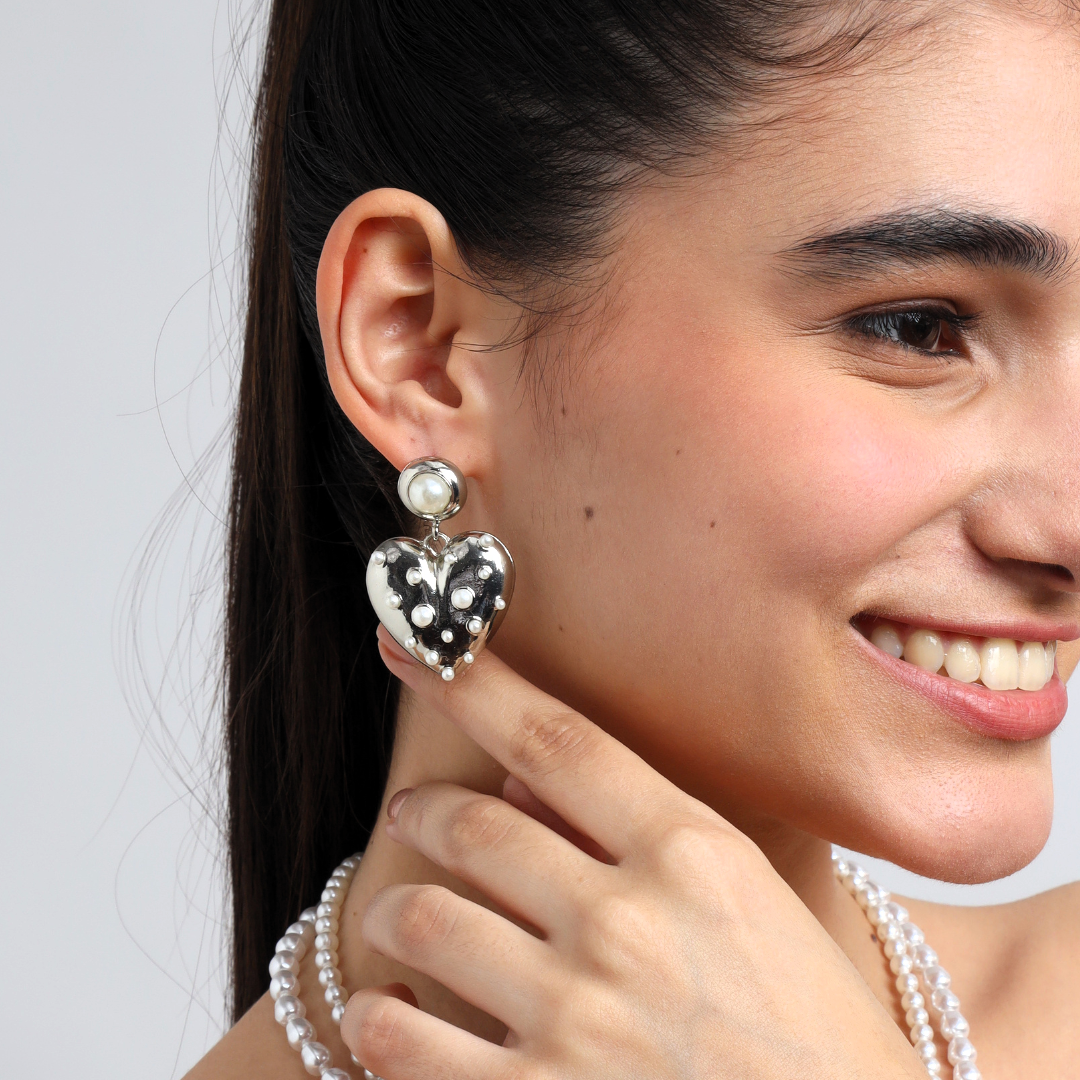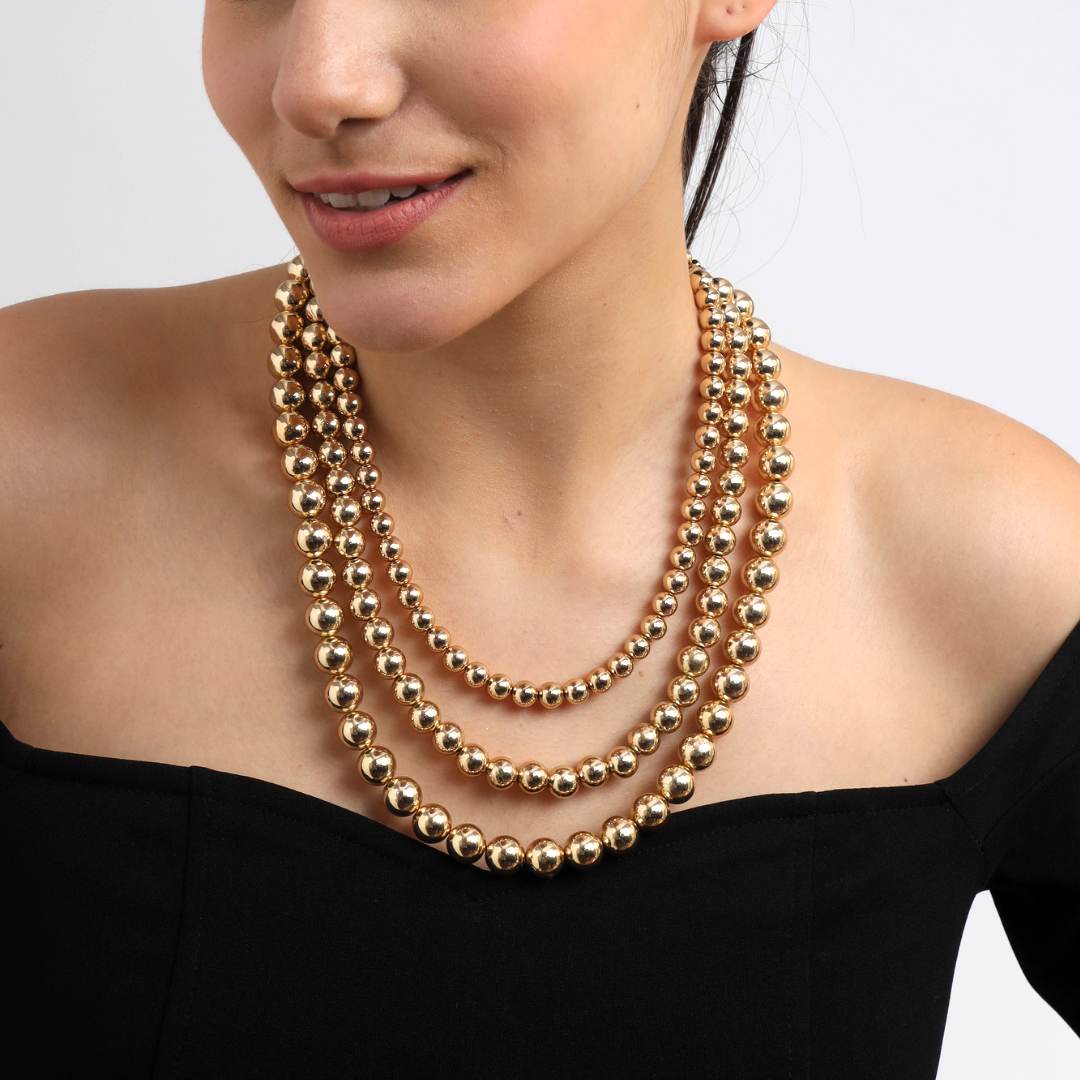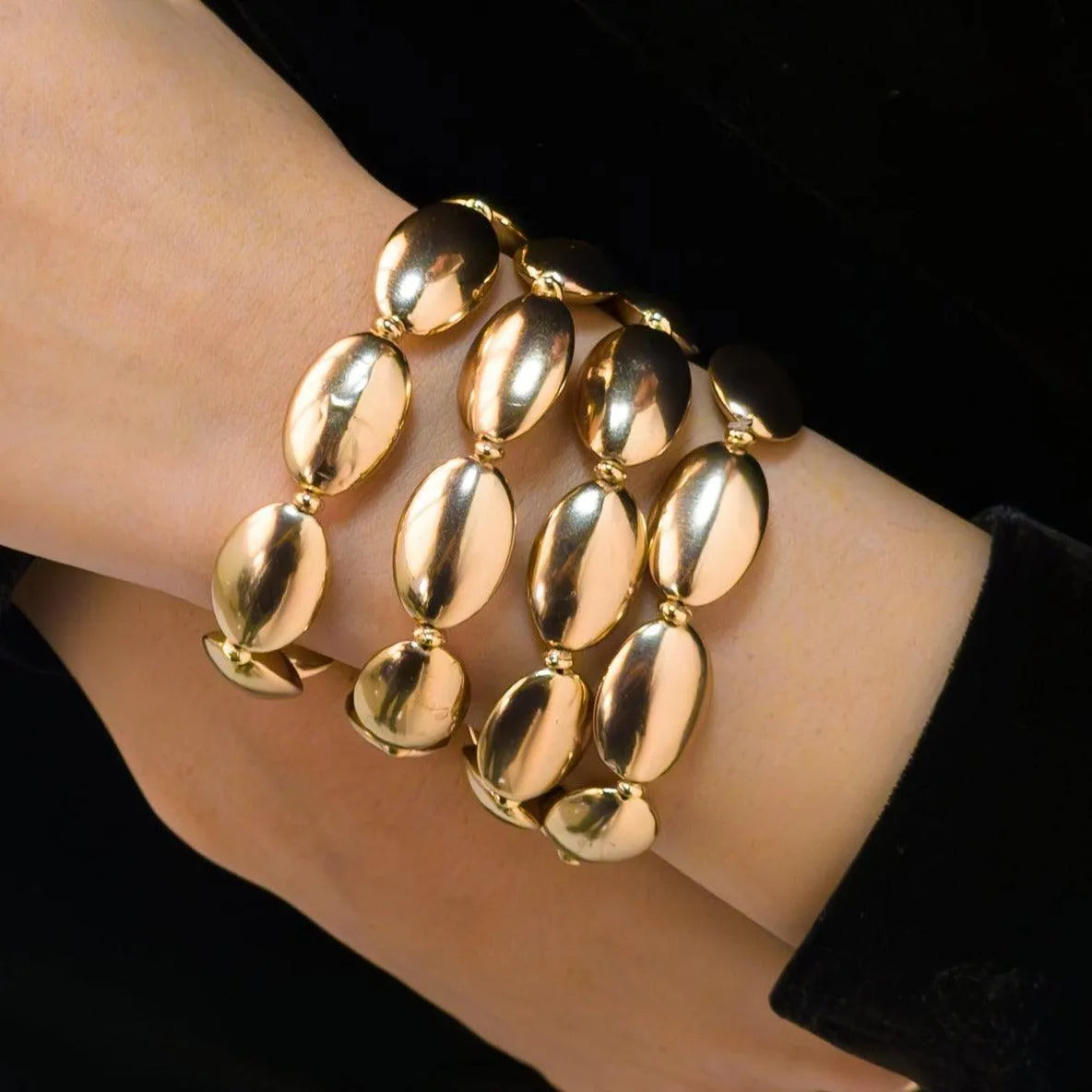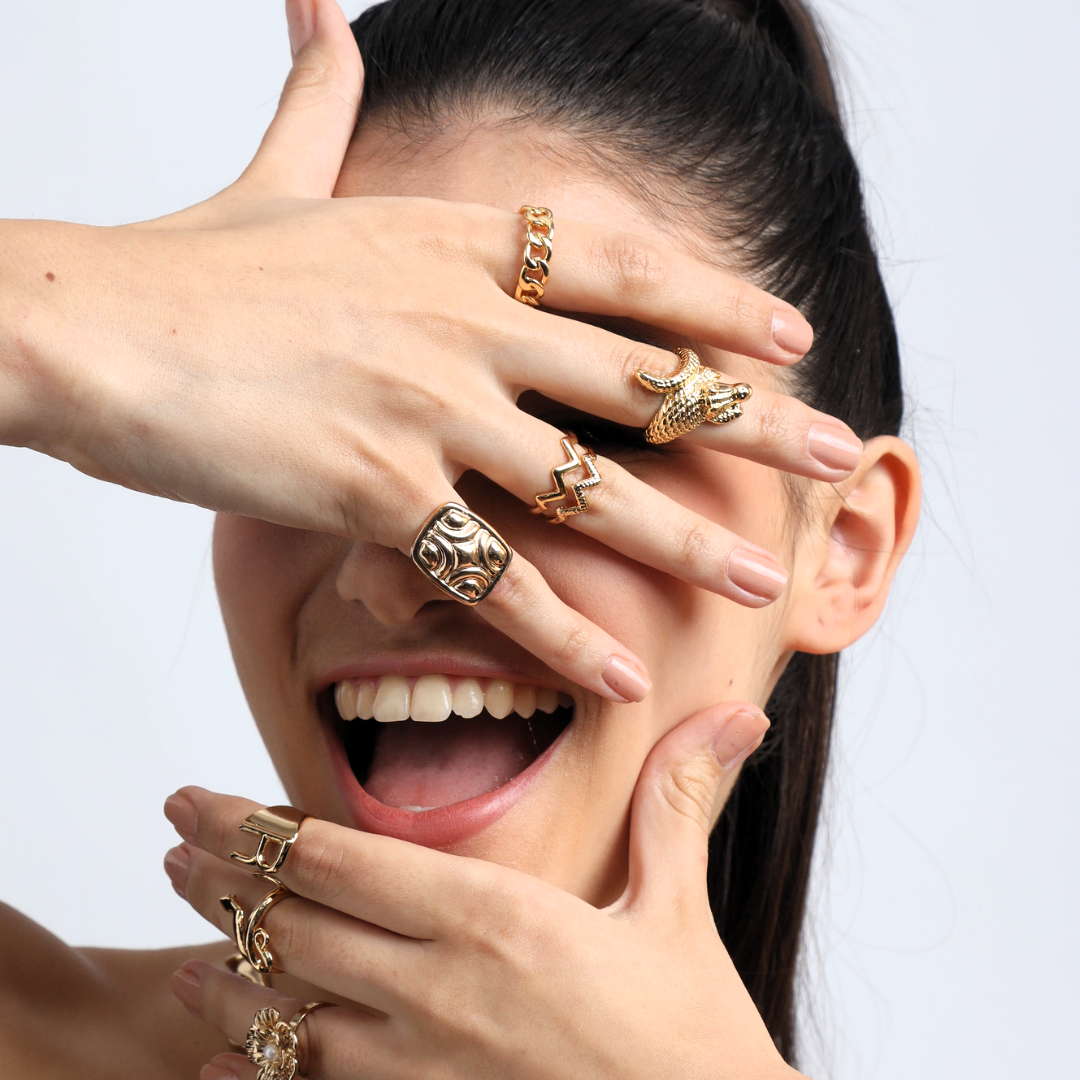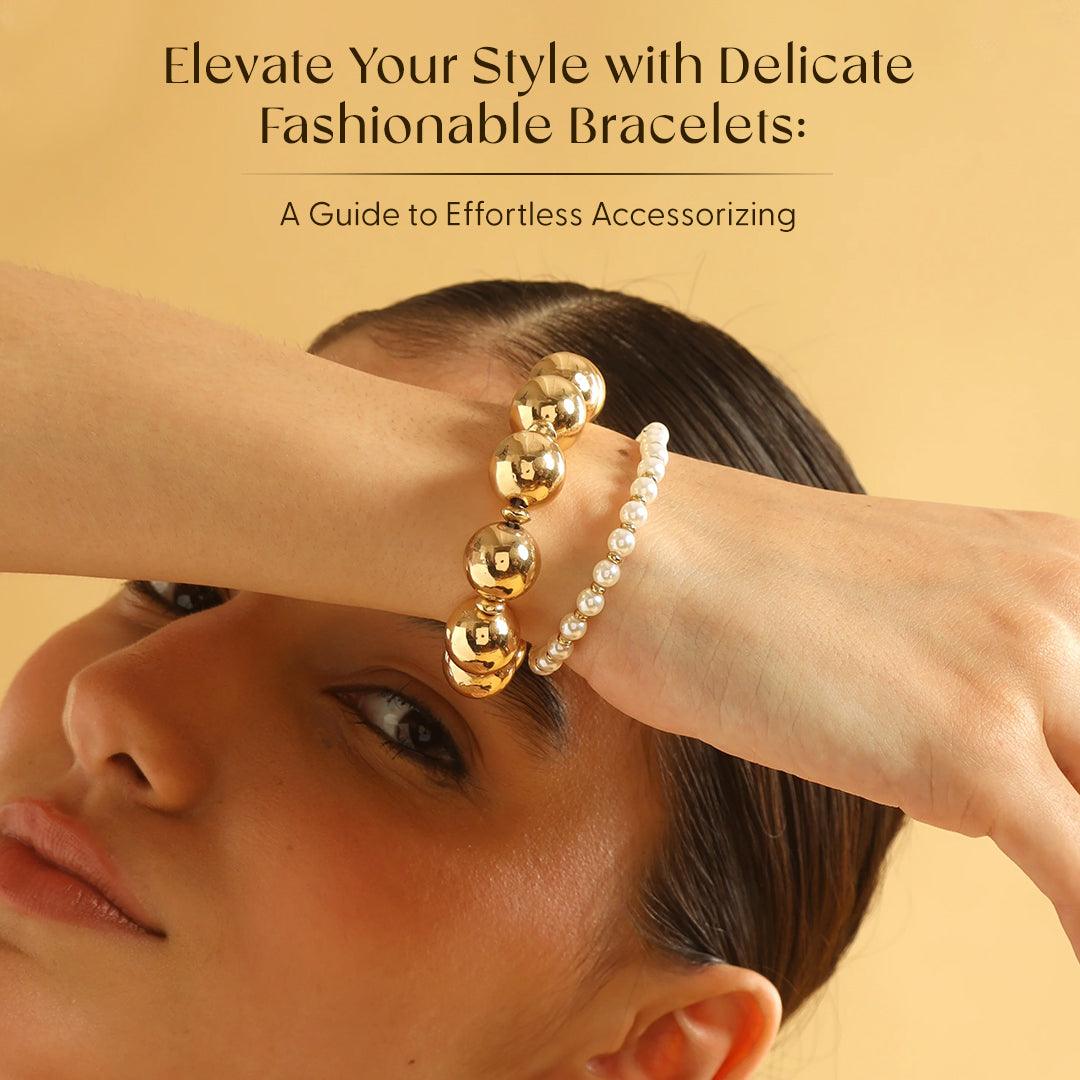Textured jewelry is a stunning addition to any collection, offering a unique dimension to your style with its intricate patterns and captivating designs. From the rustic charm of hammered metal to the delicate intricacies of filigree work, these pieces are true works of art. However, maintaining the pristine appearance of textured jewelry requires some knowledge and effort. In this comprehensive guide, we'll explore the factors that affect the appearance of textured jewelry, share practical maintenance tips, and discuss long-term care practices to help you keep your cherished pieces looking as good as new.
Understanding the Intricacies of Textured Jewelry:
- Types of Textured Jewelry
- Hammered: Irregular indentations created by hammering the metal surface for a rustic, artisanal charm
- Filigree: Intricate wirework or delicate patterns meticulously crafted for a lacy, delicate appearance
- Etched: Acid or chemical treatments used to create intricate designs or patterns on the metal surface
- Common Materials and Textures
- Metals like gold, silver, and copper are popular choices for textured jewelry
- Alternative materials such as resin or enamel can also be used to achieve textured effects
- The Allure of Textured Jewelry
- Adds visual interest and tactile appeal to any outfit
- Captures attention and sparks conversation with its unique details and craftsmanship
Factors Affecting the Appearance of Textured Jewelry:
- Environmental Influences
- Humidity, moisture, and harsh chemicals can cause metals to tarnish and dull
- Prolonged exposure to sunlight can fade certain materials and affect the overall luster
- Everyday Wear and Tear
- Friction from clothing and accessories, as well as contact with surfaces, can cause scratches and dents
- Signs of wear can detract from the overall appearance of the piece over time
- Cleaning Methods and Their Impact
- Improper cleaning methods, such as using harsh chemicals or abrasive agents, can damage delicate textures
- Gentle cleaning techniques and suitable cleaning products designed for jewelry are essential for optimal results
Practical Maintenance Tips for Textured Jewelry:
- Proper Storage Methods
- Store pieces in a dry, cool place away from direct sunlight and moisture
- Use soft cloth pouches or individual compartments to prevent scratching and tangling
- Consider a jewelry box with anti-tarnish lining for additional protection
- Gentle Cleaning Techniques
- Regularly clean using mild soap, warm water, and a soft-bristled brush
- Avoid harsh chemicals and abrasive cleaning agents that can damage delicate textures and finishes
- Use specialized jewelry cleaning solutions formulated for textured surfaces for stubborn dirt or grime
- Regular Inspections for Damage
- Routinely inspect for signs of damage, such as loose stones, bent prongs, or worn-out settings
- Address any issues promptly by seeking professional repair services to prevent further damage
- Avoiding Harsh Chemicals and Abrasives
- Remove textured jewelry before engaging in activities involving exposure to harsh chemicals
- Avoid wearing while applying lotions, perfumes, or hairsprays that may tarnish or corrode metal surfaces
- Using Suitable Cleaning Products
- Invest in high-quality jewelry cleaning products specifically designed for textured surfaces
- Follow the manufacturer's instructions carefully when using cleaning solutions or polishing cloths
Long-Term Care Practices for Textured Jewelry:
- Rotating Jewelry Pieces
- Rotate pieces regularly to distribute wear and minimize the risk of damage from prolonged use
- Avoid wearing the same delicate or prone-to-scratching piece every day to allow for rest and recovery
- Protection from Environmental Elements
- Shield pieces from direct sunlight, extreme temperatures, and humidity to prevent tarnishing and deterioration
- Store in airtight containers or ziplock bags with anti-tarnish strips for added protection against moisture and air exposure
- Professional Cleaning and Polishing Services
- Periodically invest in professional cleaning and polishing to restore luster and brilliance
- Professional jewelers have the expertise and specialized equipment to safely clean and polish textured surfaces without causing damage
- Avoiding Excessive Wear and Tear
- Be mindful of wearing textured jewelry during activities that may subject it to excessive wear and tear
- Remove pieces before engaging in sports, manual labor, or activities involving heavy lifting or abrasive surfaces
Conclusion:
Textured jewelry is a beautiful and unique addition to any collection, and with proper care and maintenance, you can ensure that your cherished pieces remain radiant and captivating for years to come. By understanding the factors that affect the appearance of textured jewelry, implementing practical maintenance tips, and adopting long-term care practices, you can preserve the artistry and craftsmanship behind each piece. Remember to handle your textured jewelry with care, store it properly, and give it the attention it deserves. With these tips in mind, you can continue to enjoy the beauty and elegance of your textured jewelry, making it a treasured part of your collection for generations to come.

